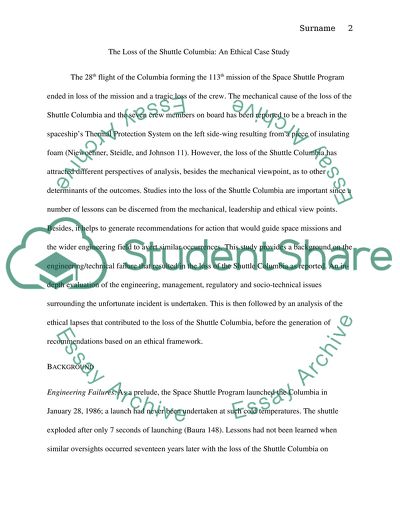Cite this document
(“Ethical case study( The loss of the Shuttle Columbia) Essay”, n.d.)
Ethical case study( The loss of the Shuttle Columbia) Essay. Retrieved from https://studentshare.org/physics/1443825-ethical-case-study-the-loss-of-the-shuttle
Ethical case study( The loss of the Shuttle Columbia) Essay. Retrieved from https://studentshare.org/physics/1443825-ethical-case-study-the-loss-of-the-shuttle
(Ethical Case Study( The Loss of the Shuttle Columbia) Essay)
Ethical Case Study( The Loss of the Shuttle Columbia) Essay. https://studentshare.org/physics/1443825-ethical-case-study-the-loss-of-the-shuttle.
Ethical Case Study( The Loss of the Shuttle Columbia) Essay. https://studentshare.org/physics/1443825-ethical-case-study-the-loss-of-the-shuttle.
“Ethical Case Study( The Loss of the Shuttle Columbia) Essay”, n.d. https://studentshare.org/physics/1443825-ethical-case-study-the-loss-of-the-shuttle.


